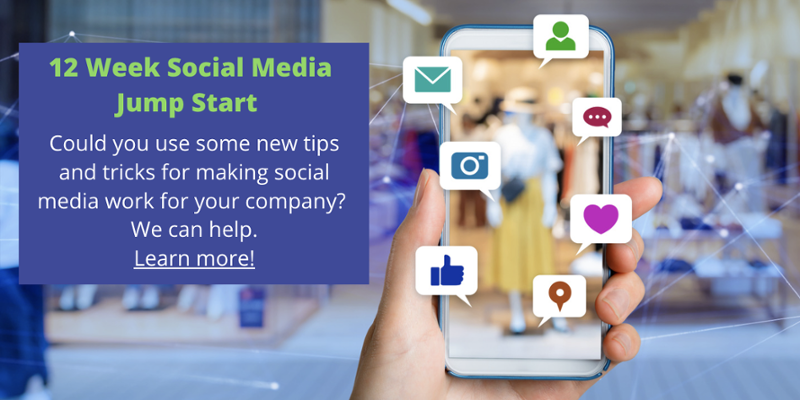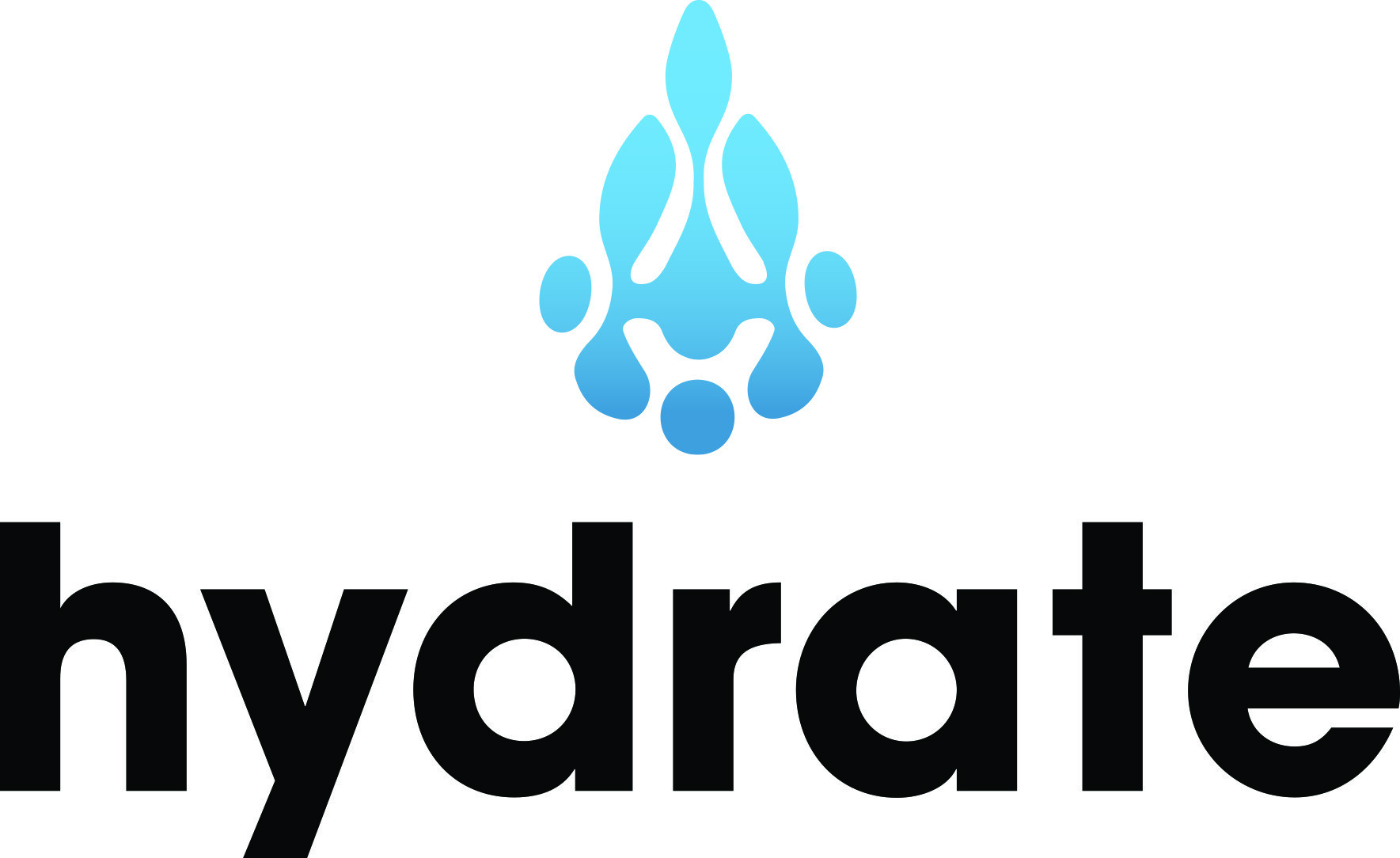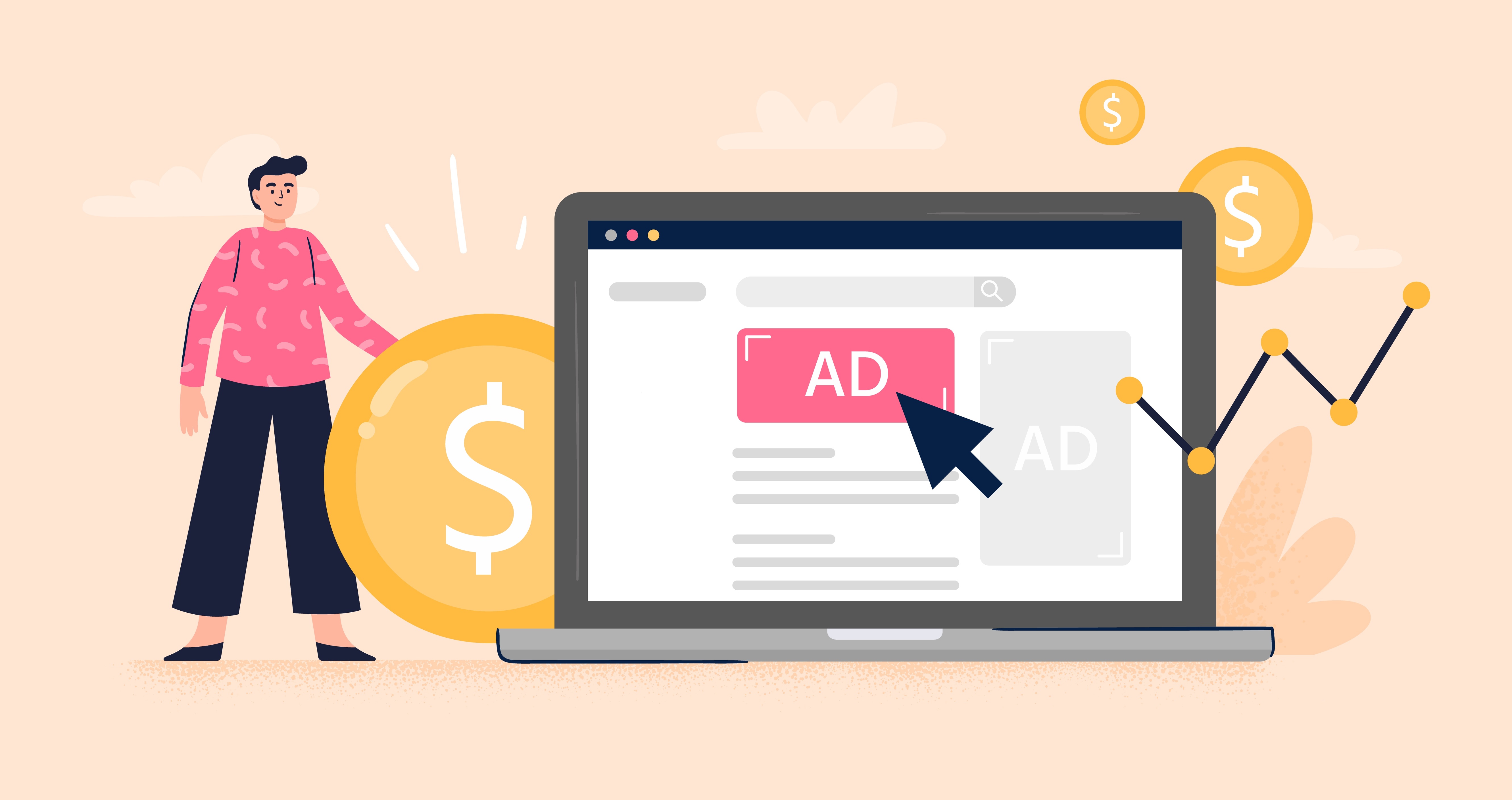You don’t need to be told this, especially because you are currently reading a blog on an electronic device, but we are living in a digital world! When it comes to marketing and advertising, your messages are best received when you meet people where they’re at. These days, they are undoubtedly online. We’re not saying burn all print publications, turn off your radios, and get rid of your TV. However, when it comes to advertising, if you want to get the most bang for your buck, the digital space is the place to go. If you haven’t thought beyond traditional media yet, now is the time to add some new types of ads to your repertoire.
Good news is, creating digital ads is easy! Most platforms strive to be user-friendly. It’s a hands-on process that allows you to have control of your own ads throughout their entire lifespan. Plus, no matter the size of your business, you can place ads on the top digital platforms and compete with the top companies in your industry. The same cannot be said for more traditional advertising channels. However, it can be quite perplexing trying to decide which digital ad platforms to take advantage of, especially when you’re first starting out. Below are our top choices, as well as some explanation of why they might be good choices for you too.
Google
Since they’re the most popular search engine in the world, it only makes sense to allocate some of your budget to Google Ads. Their audience is enormous, but their tactics allow you to reach specific types of people at opportune moments. Google Ads are very effective because they can appear when a user searches for products or services that you offer. This means they are seeing your ads while they are actively researching or shopping, which can lead to good conversion rates. Have you ever Googled something and noticed that a few results at the top and the bottom of the page have “Ad” in front of them? These are Google Search Ads. Display Ads are another option offered by the platform. These can appear on other webpages, in the middle of YouTube videos, and in even more places. Google Ads aren’t always cheap, but with all these options to reach targeted, warmed-up audiences, you’re still likely to see better ROI than you would when using more traditional marketing channels.
Search Engine Honorable Mention: Bing
When it comes to advertising on search engines, Google should absolutely be your priority. In addition, you could also consider Bing, now rebranded as Microsoft Advertising. This platform also has millions of people using it to conduct searches daily. Plus, advertising with them gives you access to users at MSN, Yahoo, and AOL. Their demographic skews older, which can be an advantage if your audience does as well. Because their audience size is significantly lower than Google, advertising through them can be cheaper.
Facebook
Meta, formerly known as Facebook, has 1.6 billion users! On top of that, for better or worse, they are known for collecting an extraordinary amount of data from this enormous group of users. Businesses use this data to their own advantage when advertising through Facebook. Have you ever wondered why the ads you see on your own feed are so eerily aligned with your interests? It’s because, when it comes to data collection at least, Meta is great at what they do. Any time a user interacts with any Meta product, they’re being observed by algorithms. The company’s products include Facebook, Instagram, Messenger, WhatsApp, and more. Facebook Ads give you access to all these large and significant platforms. Instagram alone has over a billion users, and not everyone on the platform is also on Facebook. We recommend running ads on Instagram, especially if you already have an organic presence on the platform and have visually appealing content you can use in your ad. Users’ age, location, content interaction, and even factors that Meta won’t disclose can be used for targeting across all their platforms. If you want to advertise to men in San Francisco who have golden retrievers and left camping equipment in their shopping carts on another website, chances are you can reach them with Facebook Ads.
LinkedIn
Although LinkedIn is a smaller platform, it is a great place for some specific kinds of advertisements. With LinkedIn’s rich targeting features you can reach specific industries, companies, and job titles. Even better, you can target individual job titles at specific companies, giving you the ability to make your messaging really resonate with the intended audience. LinkedIn Ads are also a great addition to employment marketing campaigns because it’s a platform people often go to when they are looking for a new job.
Social Media Honorable Mention: Twitter
This platform has a daily average of 206 million users. That’s not too shabby! According to the Pew Research Center, 24% of U.S. adults use Twitter, and 42% of those users are between the ages of 18 and 29. Again, because this large audience is still quite a bit smaller than the giant that is Meta, advertising with them is relatively affordable.
Although some of these digital advertising platforms seem to stand way out from the rest, we’re looking at you Google and Facebook, no singular option constitutes the entire internet. To spend all your budget on one platform would likely mean you’re missing out on reaching segments of your audience elsewhere online. Make sure you really know who you’re trying to target and use this knowledge to pick your platforms accordingly. 

Written by
Clara Moses






